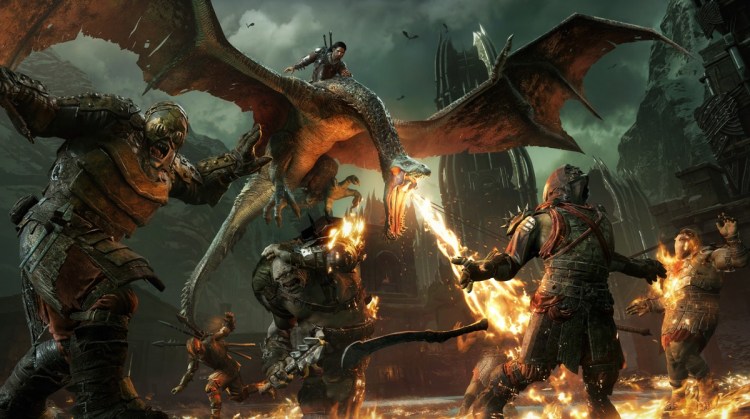Any review of Middle-earth: Shadow of War has to acknowledge that it is a monumental achievement from developer Monolith and publisher Warner Bros. Interactive Entertainment. It’s a huge open world that I have enjoyed exploring over the past dozen days, and I could easily see myself spending many more hours exploring. It is full of new characters, new stories, and new adventures that take place in the 60 years between the events of J.R.R. Tolkien’s The Hobbit and The Lord of the Rings.
Monolith has done a great job fleshing out the culture of the flesh-eating orcs of Mordor. That said, I found some sticky issues that the game raises that aren’t so easy to digest, and they detract from the story’s impact. [Updated] I have finished all of the 63 story-based missions, and I would estimate I’m well into 50 hours of gameplay on my PlayStation 4 review copy.
Middle-earth: Shadow of War is so ambitious that it is clear that Warner Bros. realizes that the time may have come for a video game to carry on the Tolkien legacy.
Editor’s note: This story has narrative spoilers.
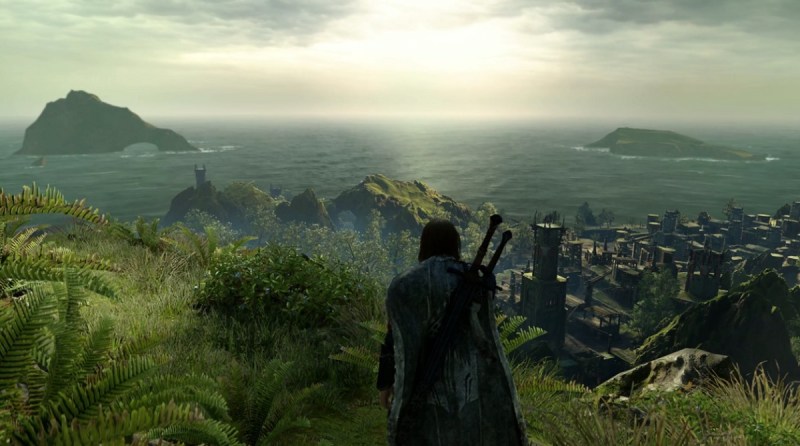
Above: Shadow of War is the sequel to Shadow of Mordor.
Shadow of War (out now for PC, PS4, and Xbox One) is massive, and it should keep you occupied for a long time. It tells a brilliant story of a Ranger, Talion, who is brought back from the dead by the wraith (ghost) of Celebrimbor, a great elven smith whom Sauron deceived into entrapping the world of Middle-earth through the Rings of Power. Celebrimbor wants his revenge, and Talion is his vessel. In the first game, the 2014’s Middle-earth: Shadow of Mordor, Talion uses his powers to start a civil war among the Orcs in an attempt to take the throne from the Dark Lord.
While Talion wants to help people and save lives, Celebrimbor simply wants to amass power to use against Sauron. As a result, Talion doesn’t fully trust Celebrimbor, and that lack of trust is something a temptress, Shelob, exploits. Talion and Celebrimbor begin the second game on Mount Doom, where they forge a new ring for Talion to challenge Sauron. Their challenge to Sauron is clearly going to end in some kind of tragedy, as Talion plays no role in The Lord of the Rings.
What you’ll like
It’s a massive single-player campaign in a huge open world
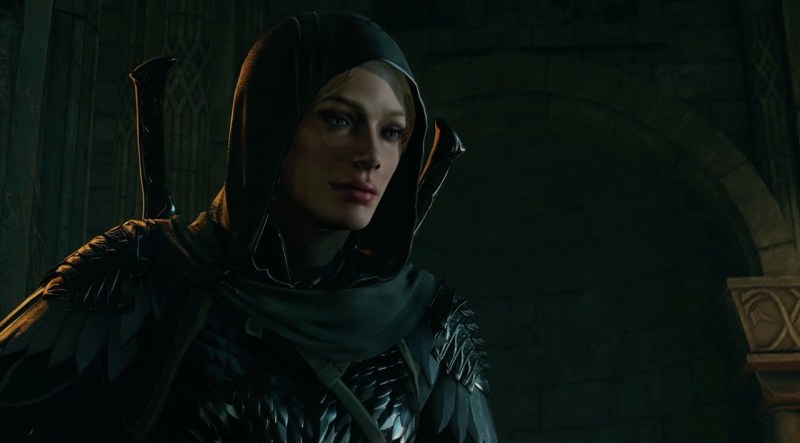
Shadow of Mordor had a big open world, but the world of Shadow of War is about three times bigger, with a huge density of missions and tasks to perform. I have counted more than 63 missions, not counting a bunch of Nemesis Orc duels and Celebrimbor’s reminiscences about the history of the One Ring during the Second Age.
The single-player campaign is gigantic, with eight types of campaign missions, and you unlock these as you progress through the story. You start out in Minas Ithil, and you bear witness to how it become Minas Morgul, which is a compelling narrative that feels like the main thread. You can find diversions in the forest of Carnan which eventually unlock the missions of the elf woman warrior, Eltariel, and it is her story that leads us to the conclusion of the main tale. You also get a final cut scene at the end of the Siege Battle missions, and it comes after a long slog through the fortress battles.
Each mission can take a half hour or more, not counting the time it takes to replay it if you fail. And I failed a lot. Just when I thought I was done with a campaign thread, new missions appeared in the other parts of the campaign. For people who want a near-endless campaign, this is a good thing. For those who want a straight shot through the story, it can be annoying.
The story fits Tolkien’s style
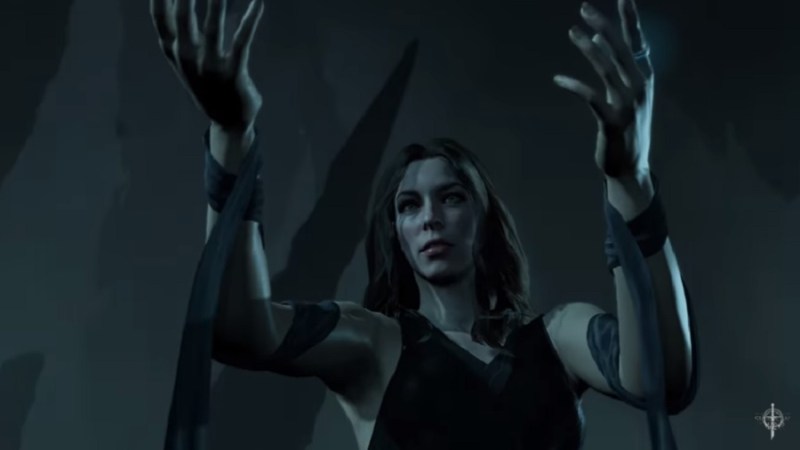
Above: Shelob tempts Talion in Middle-earth: Shadow of War.
I think the tale of Talion has some brilliant aspects. In the last game, Monolith showed that it could extend the Tolkien universe to new characters that I really cared about, like Celebrimbor and Talion. It introduced a plot to save Middle-earth by delaying Sauron’s advances and giving the people of Gondor and other regions more time to come to their senses and mount a defense ahead of the events of The Lord of the Rings. Just what was Sauron doing during the time between the novels, where he should have just been marching on Middle-earth? Well, he was dealing with Talion’s Orc civil war.
Talion’s story fits in the space between some of the best epic stories of all time. It is more than just filler. It is a new part of the universe. It is a tale that on its own is strong enough to become a new piece of the lore.
I love how the story has some major plot twists. In one thread of the narrative, you think a character is leaving the story line. But the writers find a way to bring that character back from the dead. That theme of bringing someone back from the dead occurs over and over in the game, from the Orc captain chatter to a campaign with a new character named Zog. In this narrative, you ask yourself what Talion will sacrifice to accomplish his aims and who will betray him in the end.
Massive sword fights and Siege Battles
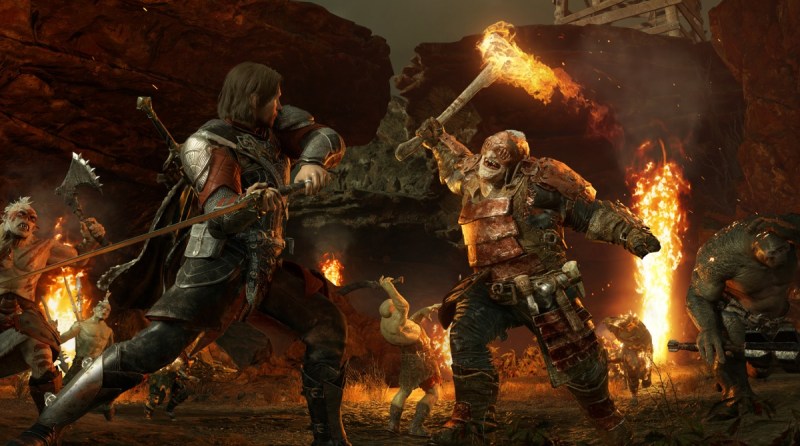
Above: Reviews editor Mike Minotti claims he has more Tolkien knowledge than me. We’ll duke it out.
In a Siege Battle for control of a city, you have to capture victory points. Minion Orcs spawn by the dozens, crowding the battlefield. But at the victory points, both sides converge, with Orc captains on the Dark Lord’s side facing off against the Talion. Some moments are so crowded in the battle that you can’t see who you’re facing. So you take a swing with your sword, and you may hit someone else. It’s an intense battle for control, with all sorts of battle chatter and the clanging of metal. I loved the intensity of these battles, where the stakes are high and the results always unpredictable.
You have to demonstrate a lot of skill fighting these battles. Sometimes you wade into the thick of it with a sword. But other times, you think about it and ride a fire-breathing dragon into the battle instead. In each Siege Battle for control of a city, you have to take these victory points and drive to the keep. There, you fight the overlord of the fortress. If you defeat the boss, you take control of the city. If you fail, then you lose the city and have to take it once again, after the overlord becomes an even harder target.
The Siege Battles feature some really great diversions, like riding a drake around (a little too hard to control) and spraying fire down below. And it’s fun to get on siege catapult atop a giant Graug and rain artillery fire on the fortress.
The Orcs have personalities
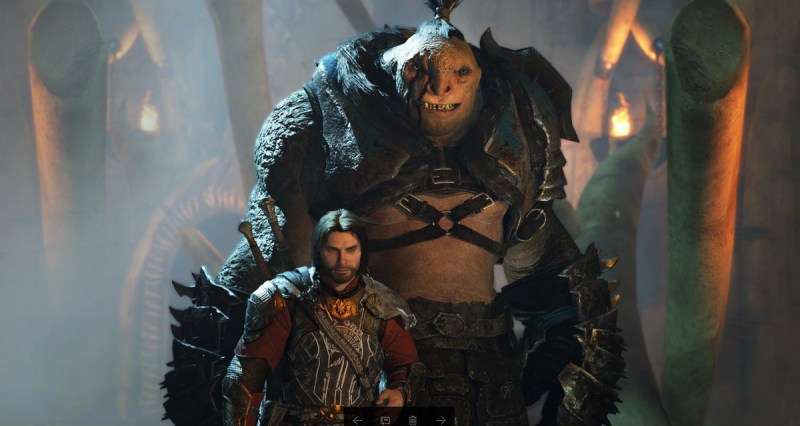
Above: A man and his troll.
The Orc captains always talk trash before they fight a duel with Talion. They are part of the Nemesis system, which tracks whether you have encountered an Orc before and triggers a piece of dialogue, such as, “I killed you once, and I’ll kill you again.” With Nemesis, you can encounter an Orc in one battle, lose the fight, and see the Orc promoted to a higher and more powerful level. It becomes that much harder to defeat the Orc the next time.
I loved meeting these Orcs, hearing their annoying insults, defeating them in battle, and subjugating them as my own subjects. I would humiliate an Orc captain and see his swagger change from bravado to whimpering. I would appoint an Orc as a warchief or an overlord for a castle, and then the Orc would betray me and turn on me because that’s the way that Orcs behave. Some of the captains, like Ratbag, become funny sidekicks. And when I lost some of them in battle, I felt sad.
